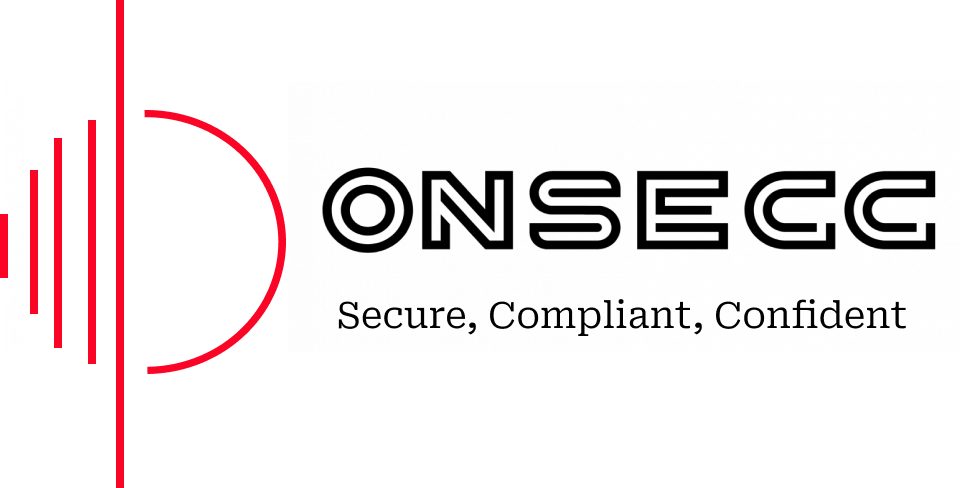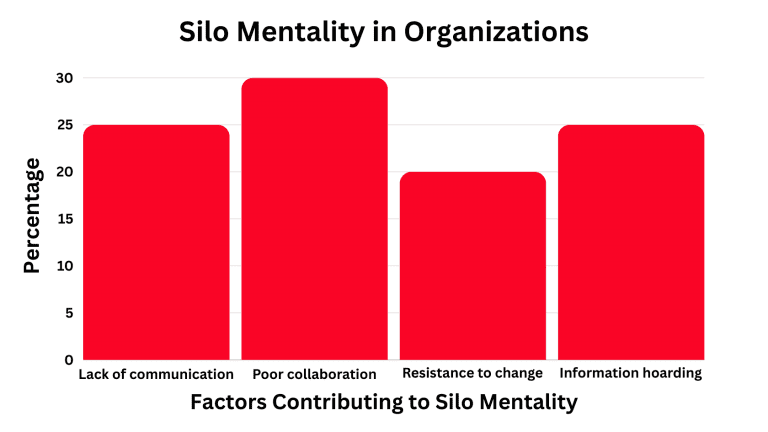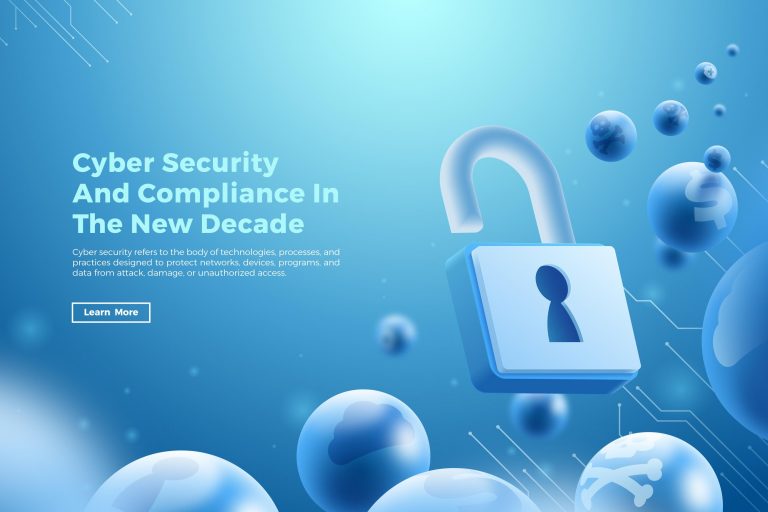COBIT Framework: Onsecc Connection — Transforming Cybersecurity into a Strategic Advantage
Harnessing COBIT Framework: Unlock Your Organization’s Potential with Onsecc. Elevate Cybersecurity into a Game-Changing Strategic Asset. Discover How to Turn Cyber Challenges into Competitive Advantages and Forge a Path to Unprecedented Success. Dive into Our Exclusive Article to Learn How COBIT’s Powerful Framework Can Propel Your Business Towards Excellence in the Digital Age.
In this Article:
- Introduction
- Understanding Cybersecurity Challenges
- The Need for Transformative Cybersecurity
- Introducing COBIT Framework
- Building Resilience through COBIT
- COBIT and the Human Factor in Cybersecurity
- Harnessing COBIT for Effective Information Security Governance
- The Benefits of COBIT Certification and Training
- Integrating COBIT with other Cybersecurity Frameworks
- Successful COBIT Implementation Case Studies
- Maximizing ROI with COBIT and Strategic Cybersecurity
- Addressing Challenges in COBIT Implementation
- Conclusion
- FAQs
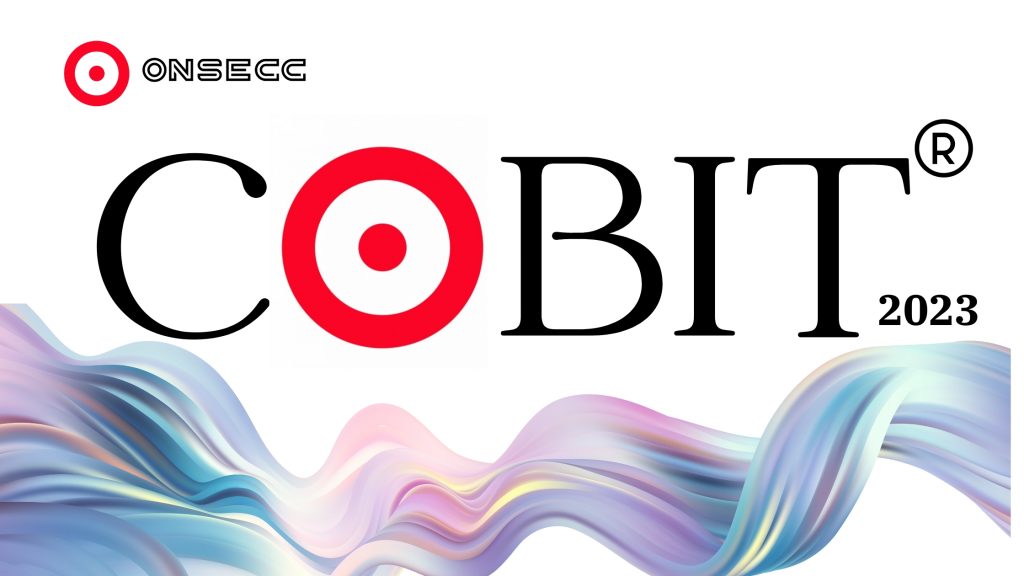
Check Out: Fortifying Your Business Against Cyber Security Challenges
Introduction: COBIT Framework
Definition and purpose
COBIT, which stands for Control Objectives for Information and Related Technologies, is a globally recognized framework designed to help organizations effectively govern and manage their information technology (IT) assets. Its primary purpose is to provide guidance and best practices for aligning IT initiatives with business objectives, while also ensuring the integrity, reliability, and security of enterprise information.
Overview of the Onsecc Connection Concept
The Onsecc Connection concept, an integral part of COBIT, explores the relationship between information security and strategic advantages. It emphasizes the shift from viewing cybersecurity as a mere defense mechanism to recognizing it as a valuable asset that can deliver significant competitive advantages.
Understanding Cybersecurity Challenges
Evolution of cyber threats
Over the years, cyber threats have evolved rapidly, becoming increasingly sophisticated and diverse. Attackers are constantly adapting their tactics, employing methods such as malware, ransomware, social engineering, and zero-day exploits, posing significant risks to organizations of all sizes and industries.
Business implications of cyberattacks
Cyberattacks can have severe consequences for businesses, including financial losses, reputational damage, legal liabilities, and disruption of operations. These implications extend beyond immediate financial impact, often affecting customer trust, employee morale, and overall market competitiveness.
Limitations of traditional cybersecurity approaches
Traditional cybersecurity approaches have proven insufficient in addressing the dynamic nature of cyber threats. Reactive measures and isolated defense mechanisms are no longer sufficient to safeguard organizations against evolving attack vectors. A transformative approach is needed to effectively manage cybersecurity risks.
The Need for Transformative Cybersecurity
Shifting cybersecurity from reactive to proactive
Transformative cybersecurity involves a proactive approach that not only focuses on preventing cyber incidents but also assumes breaches will occur. It emphasizes continuous monitoring, threat intelligence, and predictive analytics to detect, respond, and recover from cyber incidents efficiently.
Identifying cybersecurity as a strategic advantage
Organizations that view cybersecurity as a strategic advantage recognize its potential to enhance brand reputation, customer trust, and regulatory compliance. By prioritizing cybersecurity, companies can differentiate themselves in the market and gain a competitive edge, attracting partners and customers who value robust security practices.
Maximizing value through integrated cybersecurity practices
Integrated cybersecurity practices involve embedding cybersecurity considerations throughout the organization’s operations, from strategic planning to day-to-day activities. By integrating cybersecurity into the fabric of the organization, companies can optimize the value derived from their cybersecurity investments.
Introducing COBIT Framework
Leveraging COBIT for Effective Cyber Risk Management
Overview of COBIT framework
The COBIT framework provides a comprehensive set of tools, processes, and control objectives that enable organizations to establish effective governance and management of their IT assets. By aligning IT goals with business objectives, COBIT helps organizations ensure the optimal utilization of technology and the achievement of desired outcomes.
Core components and principles
COBIT comprises five core components: governance objectives, management objectives, control objectives, IT resources, and IT processes. These components are underpinned by seven key principles, including meeting stakeholder needs, covering the enterprise end-to-end, applying a single integrated framework, and enabling a holistic approach to governance and management.
Role of COBIT in achieving strategic cybersecurity
COBIT plays a pivotal role in achieving strategic cybersecurity by providing a framework for organizations to assess cybersecurity risks, define control objectives, establish governance practices, and measure cybersecurity performance. It enables businesses to align their cybersecurity efforts with their overall strategic goals and leverage technology as a competitive advantage.
COBIT’s impact on risk management
COBIT assists organizations in establishing a robust cyber risk management framework by providing guidance on identifying, assessing, and mitigating cyber risks. It facilitates the implementation of controls and processes that safeguard critical assets and ensure the confidentiality, integrity, and availability of valuable information.
Establishing a risk governance framework with COBIT
COBIT helps organizations establish a risk governance framework by defining roles, responsibilities, and decision-making processes related to cybersecurity risk management. It promotes an integrated and standardized approach that aligns risk management activities with the organization’s overall strategic objectives.
Aligning COBIT with industry regulations and standards
COBIT’s flexible and adaptable nature allows organizations to align their cybersecurity practices with industry-specific regulations and standards. By mapping control objectives to relevant compliance requirements, organizations can ensure their cybersecurity practices meet legal, regulatory, and contractual obligations.
Building Resilience through COBIT
- COBIT’s role in business continuity planning COBIT assists organizations in enhancing their business continuity planning capabilities by providing a framework to identify critical IT functions, assess potential disruptions, and implement appropriate measures to mitigate risk. It encourages organizations to develop comprehensive incident response and disaster recovery strategies.
- Integrating incident response and COBIT By integrating incident response processes with COBIT’s control objectives, organizations can streamline and enhance their response capabilities. This integration enables prompt detection, containment, eradication, and recovery from cyber incidents, minimizing the impact on operations and reducing downtime.
- Enhancing disaster recovery capabilities with COBIT COBIT facilitates the development and implementation of robust disaster recovery plans by addressing critical components such as backup solutions, redundancy measures, and data restoration strategies. It ensures that organizations can quickly recover their IT systems and data in the event of a security breach or catastrophic incident.
COBIT Framework and the Human Factor in Cybersecurity
Understanding the importance of human elements in cybersecurity
While technology plays a vital role in cybersecurity, the significance of the human factor should not be overlooked. COBIT recognizes the importance of cultivating a cyber-aware culture, promoting employee training and awareness programs, and ensuring personnel have the necessary skills and competencies to address cybersecurity threats effectively.
Addressing workforce skills and cybersecurity competency
COBIT assists organizations in identifying the skills and competencies required to effectively address cybersecurity challenges. By providing guidelines for training programs and development initiatives, COBIT enables companies to enhance their workforce’s cybersecurity knowledge and build a skilled and resilient team.
Fostering a cyber-aware culture with COBIT
COBIT helps organizations foster a cyber-aware culture by emphasizing the importance of individual responsibilities in safeguarding information assets. It promotes a sense of ownership and accountability for cybersecurity practices, encouraging employees to remain vigilant, follow best practices, and report potential security incidents promptly.
Harnessing COBIT for Effective Information Security Governance
COBIT’s role in defining information security objectives
COBIT enables organizations to define clear information security objectives aligned with overall business goals. It provides a systematic approach to identify, assess, and manage information security risks, ensuring that the necessary controls and processes are in place to protect sensitive data and critical systems.
Implementing adequate controls with COBIT
COBIT assists organizations in implementing adequate controls to mitigate information security risks. It provides guidance on selecting and implementing security technologies, establishing access controls, configuring security settings, and performing regular security reviews to identify vulnerabilities and weaknesses.
Measuring and monitoring information security performance using COBIT
COBIT enables organizations to measure and monitor information security performance through key performance indicators (KPIs) and metrics. By defining measurable objectives and establishing monitoring processes, organizations can assess the effectiveness of their security controls, identify areas for improvement, and demonstrate compliance with industry standards and regulations.
The Benefits of COBIT Certification and Training
Overview of COBIT certification programs
COBIT offers certification programs that validate individuals’ knowledge and expertise in the COBIT framework. These certifications, such as COBIT 2019 Foundation, COBIT 2019 Design and Implementation, and COBIT 2019 Assessor, equip professionals with the skills and credentials necessary to implement and manage COBIT effectively.
Advantages of COBIT training in enhancing cybersecurity practices
COBIT training equips professionals with the necessary knowledge and skills to effectively implement COBIT within their organizations. It enhances their understanding of information security governance, risk management, and compliance, enabling them to drive the adoption of best practices and achieve strategic advantages through cybersecurity.
Success stories of organizations implementing COBIT
Numerous organizations across industries have experienced significant success in implementing COBIT and leveraging it to transform their cybersecurity practices. These success stories showcase how COBIT’s holistic approach and practical guidance have enabled organizations to achieve their cybersecurity objectives and gain a strategic advantage over their competitors.
Integrating COBIT with other Cybersecurity Frameworks
Combining COBIT with NIST Cybersecurity Framework
Organizations can benefit from combining the COBIT framework with the National Institute of Standards and Technology (NIST) Cybersecurity Framework. The integration allows for a comprehensive approach to cybersecurity, leveraging the strengths of both frameworks and enhancing the effectiveness of cybersecurity governance, risk management, and compliance.
Synergies between COBIT and ISO/IEC 27001
COBIT and the International Organization for Standardization (ISO) and International Electrotechnical Commission (IEC) 27001 standard complement each other, providing organizations with a robust set of controls and processes for managing information security risks. By aligning COBIT with ISO/IEC 27001, organizations can ensure a comprehensive approach to protecting their information assets.
Leveraging COBIT alongside other industry-relevant frameworks
Many industry-specific frameworks exist to address sector-specific cybersecurity challenges. COBIT can be effectively integrated with these frameworks, such as the Payment Card Industry Data Security Standard (PCI DSS) for the financial sector or the Health Insurance Portability and Accountability Act (HIPAA) for the healthcare industry. This integration enables organizations to tailor their cybersecurity practices to their industry’s unique requirements while maintaining a cohesive and strategic approach.
Successful COBIT Implementation Case Studies
Company A: Achieving strategic advantage through COBIT
Company A, a multinational technology company, successfully implemented COBIT to transform its cybersecurity practices. By aligning its cybersecurity initiatives with business objectives, the company achieved cost savings, improved customer trust, and gained a competitive edge in the market, positioning itself as a leader in the industry.
Organization B: Transformation of cybersecurity using COBIT
Organization B, a government agency, embarked on a cybersecurity transformation journey by adopting the COBIT framework. By implementing COBIT’s control objectives, establishing a robust risk governance framework, and fostering a cyber-aware culture, the agency significantly reduced its cybersecurity incidents, enhanced its incident response capabilities, and ensured the availability and integrity of critical public services.
Case study C: How COBIT elevated cybersecurity posture
In case study C, a mid-sized financial services firm leveraged COBIT to elevate its cybersecurity posture. By integrating COBIT with industry regulations, implementing robust controls, and continuously monitoring security performance, the firm was able to effectively safeguard customer financial information, achieve regulatory compliance, and enhance its reputation as a trusted financial institution.
Maximizing ROI with COBIT and Strategic Cybersecurity
- Calculating the ROI of COBIT implementation Organizations can calculate the return on investment (ROI) of COBIT implementation by assessing various factors, including cost savings from risk mitigation, improvements in operational efficiencies, reduced incident response and recovery expenses, enhanced customer trust, and increased market competitiveness. The long-term benefits derived from strategic cybersecurity initiatives often outweigh the initial implementation costs.
- Incorporating COBIT into strategic planning for long-term benefits By incorporating COBIT into strategic planning processes, organizations can ensure that cybersecurity initiatives align with long-term goals and objectives. This integration enables a holistic approach to cybersecurity, which considers the organization’s overall vision, mission, and strategic priorities, resulting in sustained benefits and a proactive security posture.
- Measuring the impact of COBIT on business performance COBIT allows organizations to measure the impact of their cybersecurity practices on business performance by establishing relevant performance indicators and monitoring the achievement of strategic objectives. By regularly assessing the outcomes of COBIT implementation, organizations can fine-tune their cybersecurity strategies, optimize resource allocation, and demonstrate the direct correlation between cybersecurity investments and business success.
Addressing Challenges in COBIT Framework Implementation
Common obstacles in adopting COBIT
Organizations may face challenges such as resistance to change, lack of executive sponsorship, limited resources, and inadequate understanding of the COBIT framework. These factors can hinder successful COBIT implementation and require proactive management to ensure smooth adoption and integration.
Strategies to overcome implementation challenges
Organizations can overcome COBIT implementation challenges by fostering a culture of change, securing leadership support, allocating dedicated resources, investing in training and education, and leveraging external expertise. By addressing these challenges head-on, organizations can maximize the benefits of COBIT and create an environment conducive to long-term cybersecurity success.
Lessons learned from failed COBIT implementations
Failed COBIT implementations often highlight the importance of proper planning, stakeholder engagement, and organizational readiness for change. Organizations must learn from these failures by conducting thorough assessments, engaging all relevant stakeholders, setting realistic expectations, and developing a comprehensive implementation roadmap to ensure the success of their COBIT initiatives.
COBIT Framework: Conclusion
Recap of the importance
COBIT, as a transformative cybersecurity framework, plays a crucial role in helping organizations overcome the challenges posed by evolving cyber threats and achieve strategic advantages. It provides a holistic approach that integrates cybersecurity into business operations, enhances risk management practices, and fosters a cyber-aware culture, ultimately transforming cybersecurity into a key differentiator.
Highlighting the potential of COBIT Framework
COBIT’s practical guidance, comprehensive control objectives, and governance principles offer organizations the potential to enhance their cybersecurity posture and gain a strategic advantage in an increasingly digital and interconnected landscape. By embracing COBIT, organizations can proactively manage risks, ensure business continuity, and stay ahead of cyber threats.
Embracing COBIT as a transformative cybersecurity framework allows organizations to unlock the full potential of their cybersecurity initiatives. By utilizing COBIT’s principles, organizations can realize the benefits of effective information security governance, strategic cyber risk management, and a robust cyber-aware culture.
Contact info
- 3rd Floor, 86-90 Paul Street, London, EC2A 4NE, UK
- +44-2034880245
- hello@onsecc.com
Share Blog On
Recent Posts:
-
 Cyber Insurance for Small Businesses: What You Don't Know Could Cost You Everything
Cyber Insurance for Small Businesses: What You Don't Know Could Cost You Everything -
 Meet AkiraBot: The AI Spam Demon Haunting 420,000 Websites (and Counting)
Meet AkiraBot: The AI Spam Demon Haunting 420,000 Websites (and Counting) -
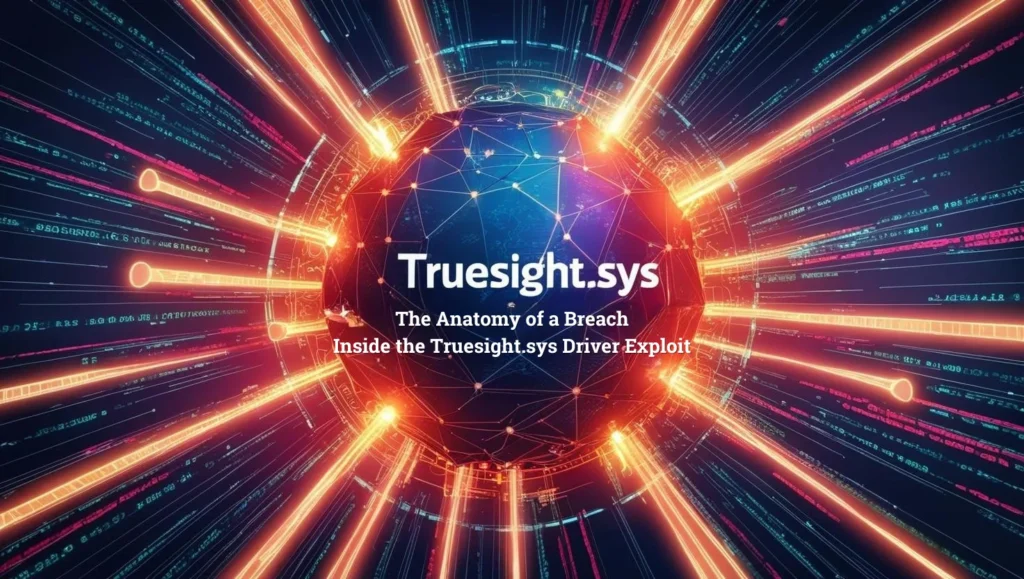 2,500 Faces of Deceit: The Proliferation of Malicious Truesight.sys Variants
2,500 Faces of Deceit: The Proliferation of Malicious Truesight.sys Variants -
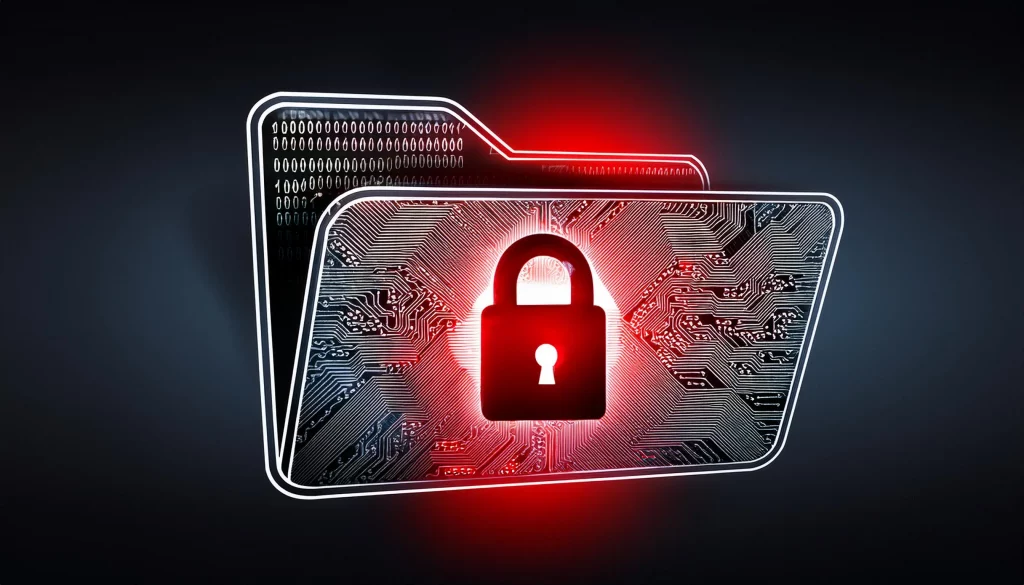 Zero-Day Vulnerabilities: The Invisible Threat Redefining Cybersecurity
Zero-Day Vulnerabilities: The Invisible Threat Redefining Cybersecurity -
 The Middle East’s Cybersecurity Gap: Building Defenses for a Digital Future
The Middle East’s Cybersecurity Gap: Building Defenses for a Digital Future -
 The Cost of Non-Compliance: What the TfL Cyber Attack Teaches Us
The Cost of Non-Compliance: What the TfL Cyber Attack Teaches Us -
 GDPR in the United States: A Do or Die Situation for Businesses
GDPR in the United States: A Do or Die Situation for Businesses -
 Is Your Business PCI Compliance Certified? Don’t Risk It!
Is Your Business PCI Compliance Certified? Don’t Risk It! -
 12 Ways Onsecc Enhances SaaS Cybersecurity Compliance
12 Ways Onsecc Enhances SaaS Cybersecurity Compliance -
 Practical Insights into Implementing ISO/IEC 27001:2022
Practical Insights into Implementing ISO/IEC 27001:2022
FAQs
COBIT is a framework that provides guidance and best practices for effective IT governance and management. It is essential in cybersecurity as it helps organizations align their cybersecurity practices with business objectives, maximize the value derived from cybersecurity investments, and achieve a strategic advantage over competitors.
COBIT assists organizations in achieving a strategic advantage by enabling effective governance and management of IT assets, aligning cybersecurity with business goals, fostering a cyber-aware culture, and promoting the integration of cybersecurity practices throughout the organization. This strategic approach enhances brand reputation, customer trust, and market competitiveness.
Effective COBIT implementation involves assessing organizational readiness, defining clear objectives, engaging key stakeholders, mapping control objectives to compliance requirements, establishing accountability and governance structures, implementing relevant controls and processes, and continuously monitoring and evaluating cybersecurity performance.
Yes, COBIT is flexible and can be customized to fit specific organizational needs. By tailoring the framework to align with industry regulations, sector-specific requirements, and unique organizational characteristics, organizations can optimize the benefits derived from COBIT implementation and ensure its suitability for their specific context.
Yes, COBIT is applicable to SMBs. While SMBs may have resource limitations, COBIT provides scalable guidance that can be tailored to accommodate their size and complexity. By strategically selecting and implementing COBIT’s control objectives and focusing on critical risk areas, SMBs can effectively manage their cybersecurity risks and achieve a strategic advantage.
